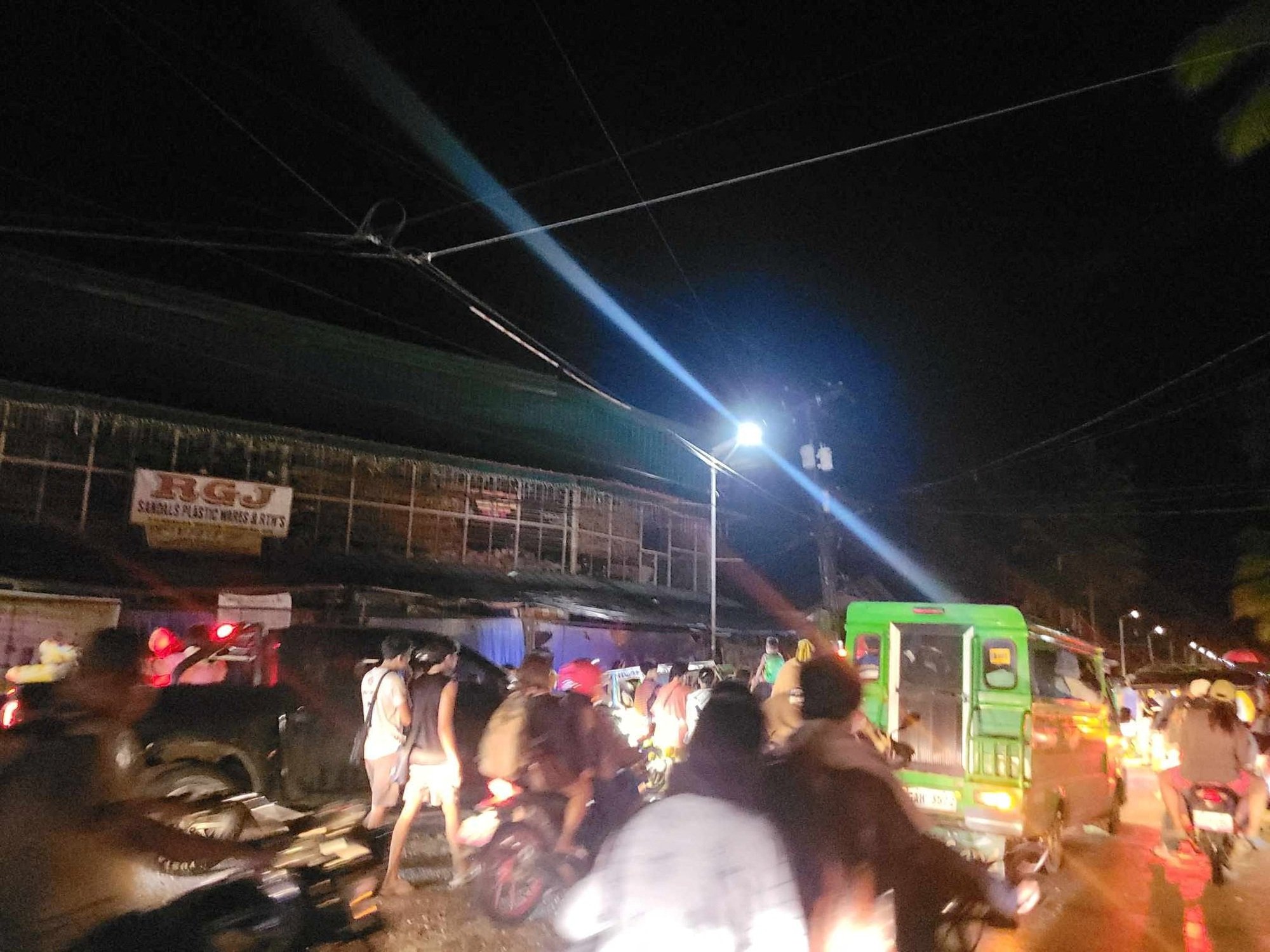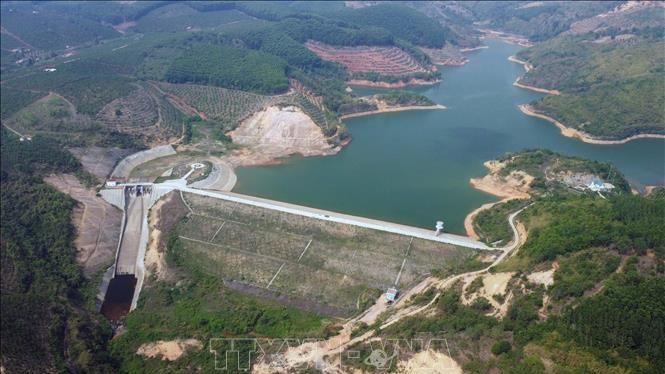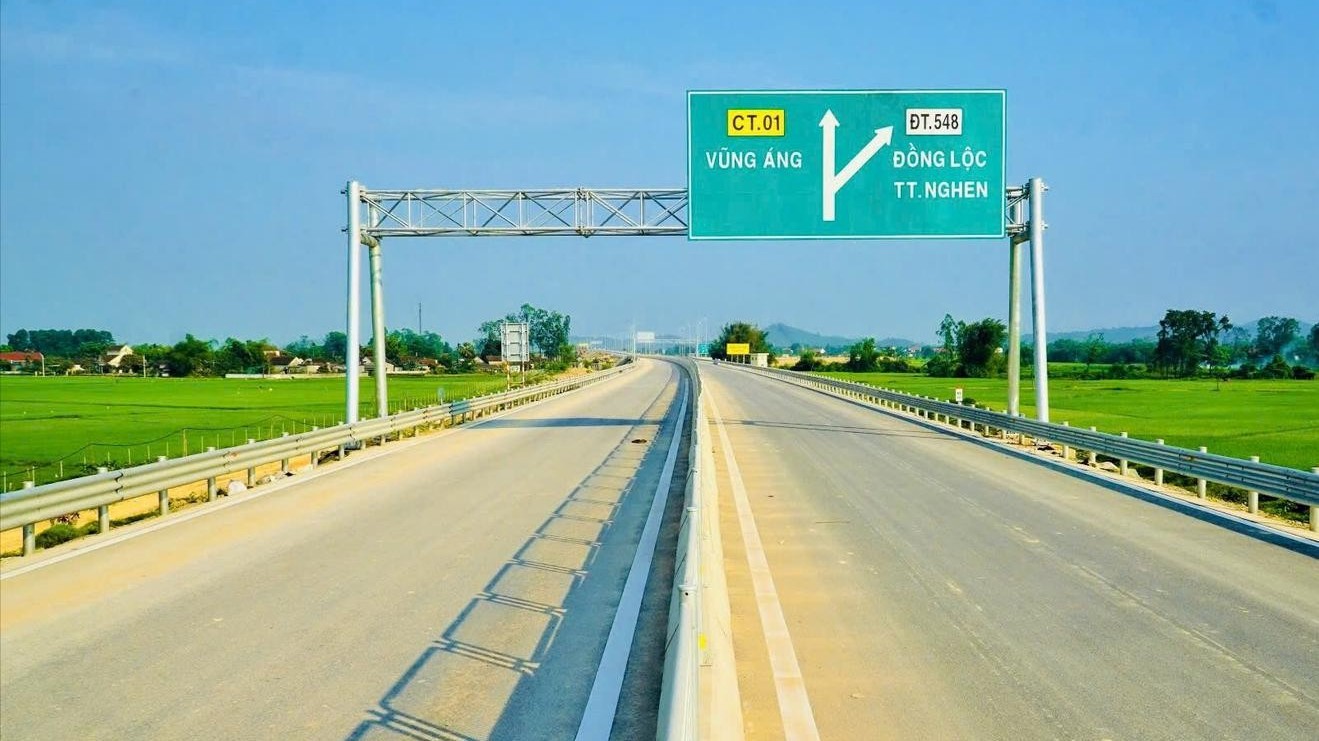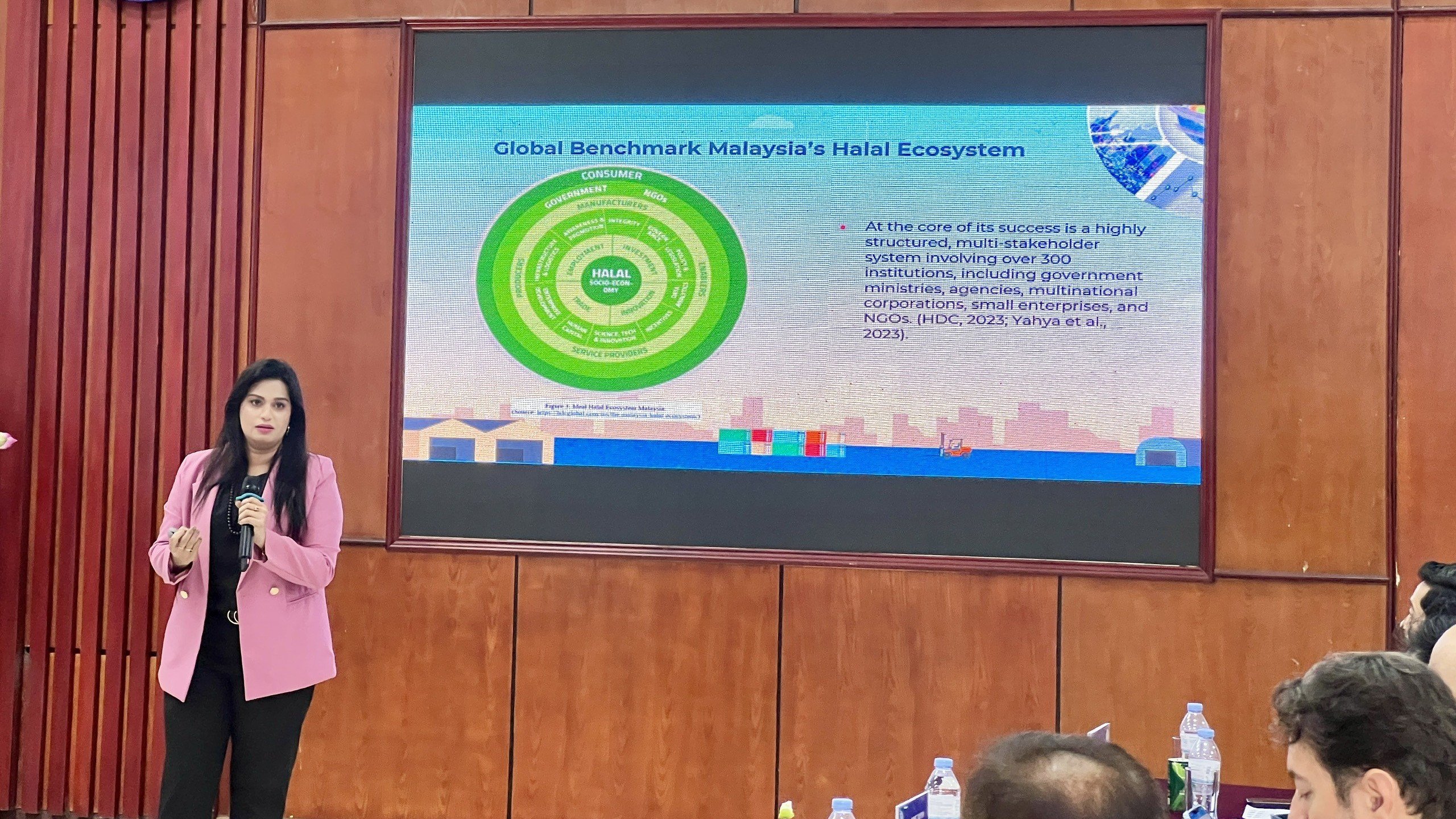As of the morning of December 3, Philippine authorities had not recorded any casualties or serious damage from the earthquake that struck the Mindanao region, although some residents reported damage to buildings, according to Reuters.
More than 500 aftershocks have been recorded, while the Philippine Institute of Volcanology and Seismology (Phivolcs) urged people to exercise caution in carrying out daily activities.

People evacuate in Surigao del Sur, Philippines, after an earthquake on December 2.
"The tsunami threat associated with this earthquake has now largely passed through the Philippines," Phivolcs said in a statement but advised people in threatened communities to heed the guidance of local authorities.
The agency had earlier urged people living near the coast in Surigao Del Sur and Davao Oriental provinces to move further inland.
The Philippine Coast Guard has placed all its ships and aircraft on alert for possible deployment.
Philvolcs said the earthquake occurred at 10:37 p.m. on December 2 (local time) in the southeastern sea of the country, with a magnitude of 7.4 on the Richter scale and an epicenter at a depth of 25 km.
According to the European-Mediterranean Seismological Centre, the largest aftershock had a magnitude of 6.5 on the Richter scale.
Philvolcs's Hinatuan-Bislig Bay monitoring station recorded a maximum wave height of 0.64 meters due to the earthquake. The Japan Meteorological Agency said the country's Hachijojima island, about 290 kilometers south of Tokyo, recorded waves as high as 40 centimeters.
Earthquakes are frequent in the Philippines, a country located on the "Ring of Fire," a chain of volcanoes hugging the Pacific Ocean that is sensitive to seismic activity.
Source link






























































































Comment (0)